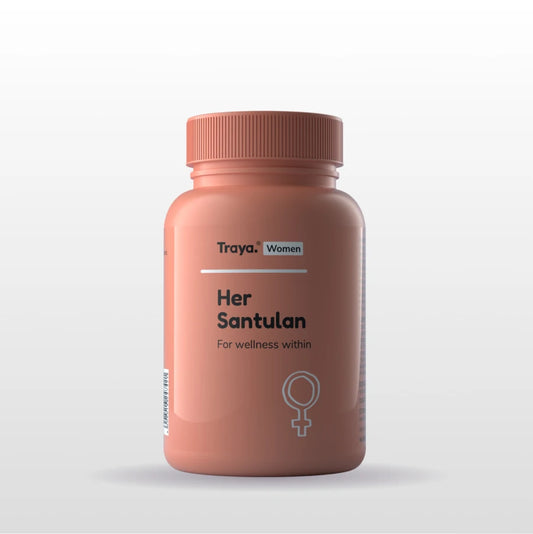
95% of Hair Products Are a Scam! Here’s the Pro...
Hair Fall: Not Just a Problem, But an Industry Hair fall is no longer just a cosmetic concern it’s become part of a massive industry. In India alone, the hair...
95% of Hair Products Are a Scam! Here’s the Pro...
Hair Fall: Not Just a Problem, But an Industry Hair fall is no longer just a cosmetic concern it’s become part of a massive industry. In India alone, the hair...

How to Use Traya Customised Hairfall Control Kit
Hair fall and hair thinning are problems that many of us face. And let’s be honest, almost all of us have spent several years and money to get voluminous hair,...
How to Use Traya Customised Hairfall Control Kit
Hair fall and hair thinning are problems that many of us face. And let’s be honest, almost all of us have spent several years and money to get voluminous hair,...

Dhruv’s Hair Growth Journey With Traya
2 min read
Dhruv’s Hair Growth Journey With Traya
2 min read















